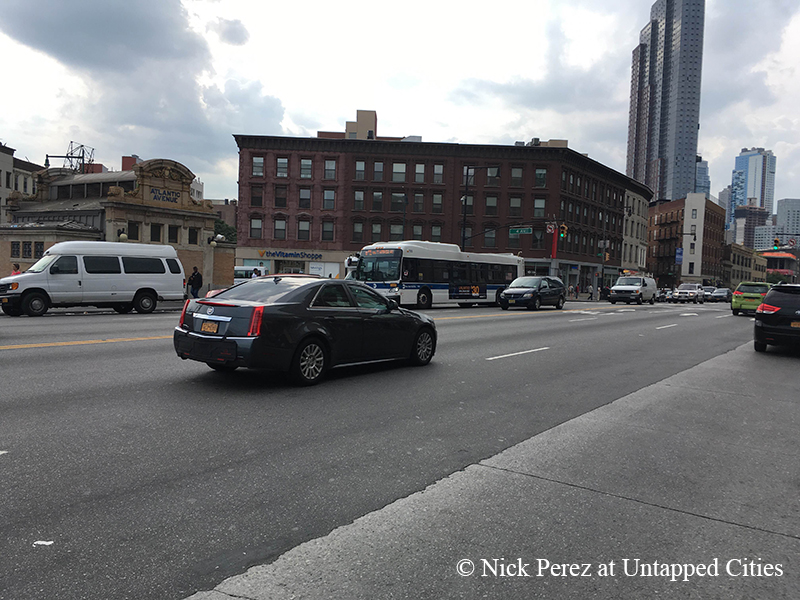Noise. Most people hear it. When a person lives in New York City, noise tends to be louder than other parts of the country. But when noise gets excessive, it’s called “noise pollution.” With New York City’s noise pollution, many New Yorkers drown out the noise by listening to music, reading a book or simply putting earplugs in.
Noise pollution is defined by higher levels of noise from sources such as industry, people and traffic in the local environment that significantly impedes on the daily lives of residents. Sources of noise pollution include air conditioners, food vendors, construction on the street or music from bars and cars. Loud neighbors can even be considered as noise pollution.
According to an article in the New Yorker, Midtown South has the most noise complaints in New York City, with 104,510 complaints per thousand residents. One of the neighborhoods with the least complaints of noise pollution in New York City is Brownsville with 3,220 complains per thousand residents, according to the same report.
The New Yorker made charts on where the most noise complaints are in New York City. You can check the chart above if your neighborhood made the list. The chart below shows the most complaint types in 2014.
Sound is measured in decibels (dB) and a typical conversation with some laughter is around 50 to 65 dB’s. Normally, Midtown traffic noise is around 70 to 85 dB’s on any given day. When compared to a jackhammer at 110 dB, it does not seem that loud.
A few ways the city enforces the noise code is through local laws, policing and housing associations. Like many other American cities, New York City has a noise code to regulate noise pollution and protect the health and comfort of its residents. The noise code classifies noise into categories: Construction, Animal Noises, Food Vending Vehicles, Music From Bars and Restaurants, Refuse Collection Vehicles, Motor Vehicles and Motorcycles, and Common Courtesy.
Residents can complain if their neighbors are playing loud music or moving furniture around their apartment. Officers from the local police precinct will respond quickly if they are not too busy with handling emergencies. Some noise code laws also prohibit any sounds exceeding 10 decibels of the ambient sounds level from any property or public street.
 Cars and trucks can be sources of noise pollution
Cars and trucks can be sources of noise pollution
According to NYC Quiet Hours specified in Local Law 113, neighbors in all five boroughs are bound to quiet hours from 10 pm until 7 am. This also includes having pets making loud noises longer than five minutes at a time. According to New York City’s Local Law 113, construction also can only occur between 7:00am and 6:00 pm on weekdays. Emergency work may occur after hours only when it cannot be performed during normal hours.
As punishment for violating these laws, people can be fined from $70 to upward of $400 for their first violation, according to Noise Plenty Schedule. When getting fined, the city considers noise complaints and noise pollution to be under “quality-of-life” fines. It was also reported by DNA info that New York City collected $150 million in “quality-of-life” fines last year, a 13 percent increase from the year before. New York City’s noise code can be useful for protecting its residents, but noise pollution still happens regularly.
Next, check out more of our Cities 101 series. Keep up with the author @nickdnperez





